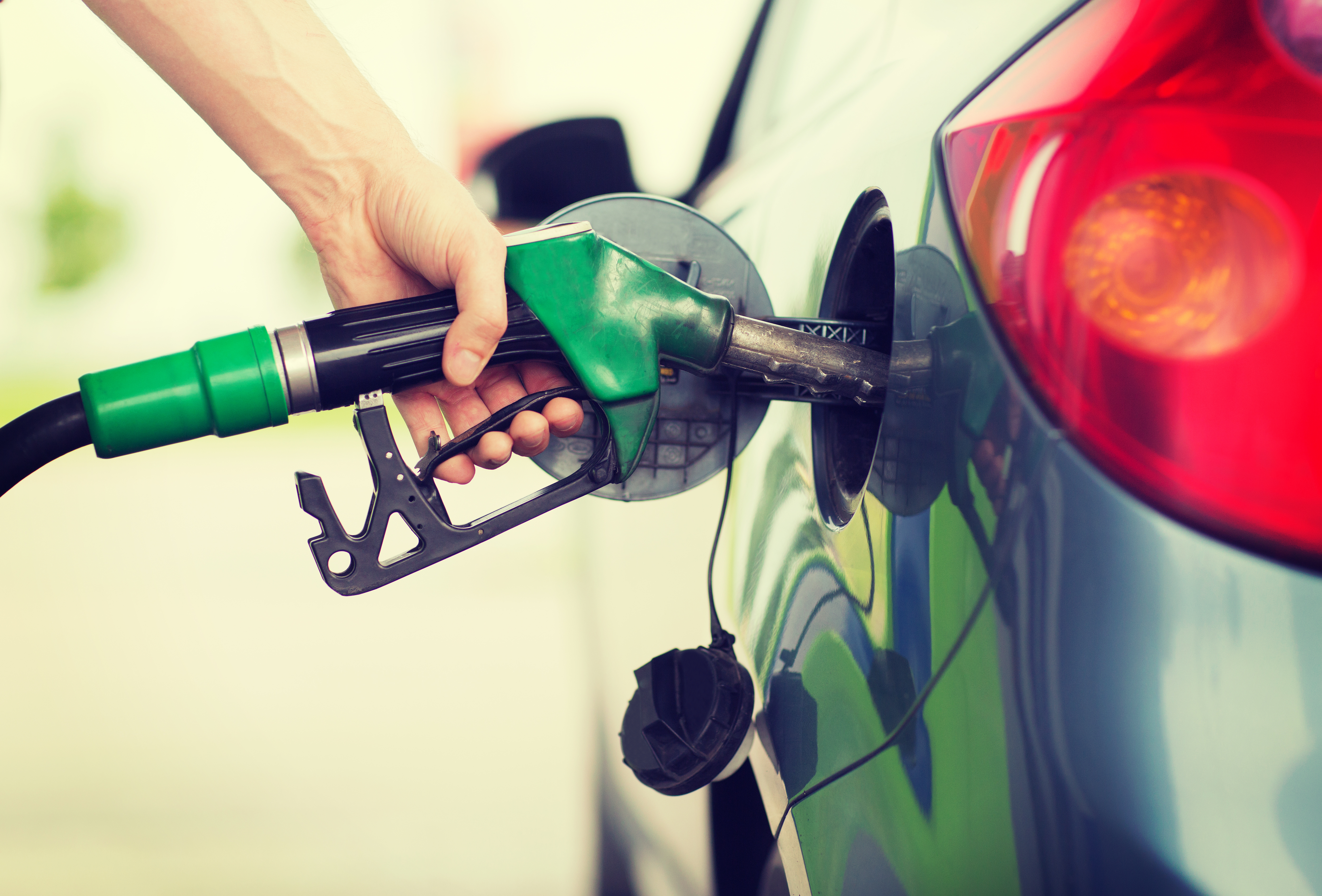Household Bills
Pump prices at two-year high despite stable wholesale costs

The price of petrol and diesel increased by 2p a litre in January to its highest for more than two years, despite stable wholesale costs.
A tank of petrol now costs £9.53 more than it did in January 2016, and the 2p a litre increase in January comes just after a 3p a litre increase in December.
According to the RAC fuel watch, aside from a fall in price of fuel in November and July last year, the cost of petrol and diesel has steadily increased since March.
However, it notes that this is despite the wholesale cost of unleaded staying the same and diesel reducing, which indicates that pump prices should actually be falling.
A litre of unleaded now stands at 120.01p and diesel at 122.30p. Unleaded has gone up 17p a litre from 102.69p and diesel has increased 21p from its end of January 2016 low of 101.05p.
RAC fuel spokesman Simon Williams, said: “In the last two months 5p a litre has been added to the pump price of both petrol and diesel which means the cost of filling up is really starting to hurt motorists again. But the January rise is harder to swallow as there is a saving from wholesale prices that retailers should be passing on a little faster than they are.
“It is particularly worrying that the supermarkets have increased their prices by an average of 3p a litre in January with one adding nearly 5p a litre.
“As the wholesale price stands currently we would be expecting to see average prices come down by over a penny a litre in the next fortnight.”
The higher pump prices were driven by a rise in the cost of oil and the lower value of the pound against the dollar. In January the average price of a barrel of oil was just over $54 and sterling exchange rate improved by 3%, helping to ease pump prices slightly as fuel is traded in dollars.
Williams added the oil production cuts made by the Organization of the Petroleum Exporting Countries (OPEC) together with non-OPEC countries have definitely led to a higher barrel price which in turn has translated to motorists paying more on the forecourt.
“But we are hopeful that the oil price will remain around the mid-$50 mark for some time meaning fuel prices should hover around the current level for some time, providing the exchange rate doesn’t worsen.”